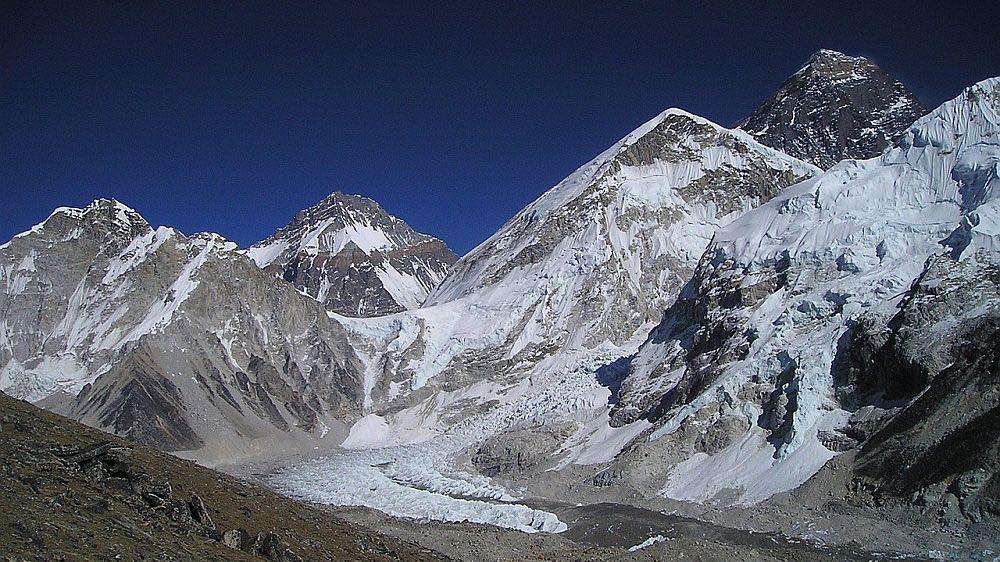Levon Azizyan, director of the Center for Hydrometeorology and Monitoring, wrote on his Facebook page that the Himalayas face a record decrease in snow cover, threatening the water supply of 2 billion people.
Snowfall in the Hindu Kush Himalayan mountain range has reached its lowest level in 23 years, raising serious concerns about the water supply for an estimated two billion people. These people depend on rivers and reservoirs fed by meltwater from the region's snow-capped peaks.
The Hindu Kush-Himalayan system, the largest freshwater reservoir after the Arctic and Antarctic, stretches from Afghanistan to Myanmar. The International Centre for Integrated Mountain Development (ICIMOD) reports a significant decline in seasonal snow cover, with snow cover duration on the surface falling by 23.6% below normal, the worst in more than two decades.
This is the third consecutive year of record snowfall. According to the center, such changes lead to reduced river flows, increased dependence on groundwater, and increased drought risk. Several countries in the region have warned of drought, which threatens future harvests and access to drinking water for millions of people already facing extreme heat and its consequences.
ICIMOD, which includes eight regional countries (Afghanistan, Bangladesh, Bhutan, China, India, Myanmar, Nepal, and Pakistan), calls for urgent action to develop more effective water management strategies, strengthen early warning systems, and expand regional cooperation.
The situation is particularly worrying in the Mekong and Salween river basins, among Southeast Asia's most significant. They have already lost half their snow cover, threatening water shortages in China and Myanmar.
According to the World Meteorological Organization (WMO), Asia remains the world's most vulnerable region to climate disasters. The WMO notes that in recent years, the region's glacier retreat rate has been the fastest in history, five out of six years.




















